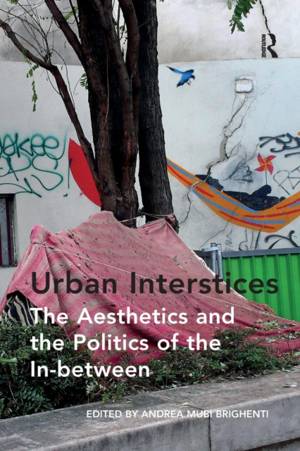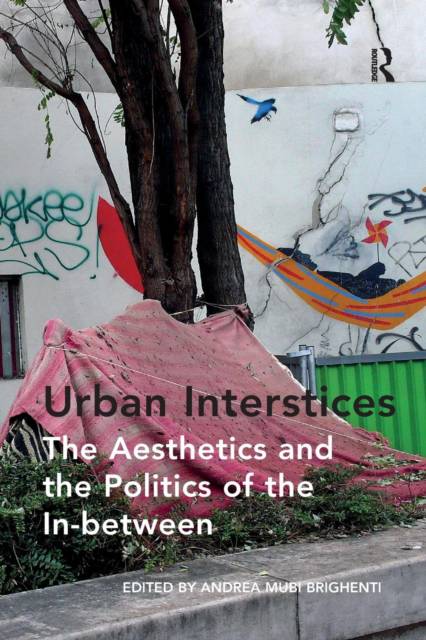
Vous voulez être sûr que vos cadeaux seront sous le sapin de Noël à temps? Nos magasins vous accueillent à bras ouverts. La plupart de nos magasins sont ouverts également les dimanches, vous pouvez vérifier les heures d'ouvertures sur notre site.
- Retrait gratuit dans votre magasin Club
- 7.000.000 titres dans notre catalogue
- Payer en toute sécurité
- Toujours un magasin près de chez vous
Vous voulez être sûr que vos cadeaux seront sous le sapin de Noël à temps? Nos magasins vous accueillent à bras ouverts. La plupart de nos magasins sont ouverts également les dimanches, vous pouvez vérifier les heures d'ouvertures sur notre site.
- Retrait gratuit dans votre magasin Club
- 7.000.0000 titres dans notre catalogue
- Payer en toute sécurité
- Toujours un magasin près de chez vous
Urban Interstices: The Aesthetics and the Politics of the In-Between
Andrea Mubi Brighenti
Livre broché | Anglais
102,45 €
+ 204 points
Description
Bringing together a team of international scholars with an interest in urban transformations, spatial justice and territoriality, this volume questions how the interstice is related to the emerging processes of partitioning, enclave-making and zoning, showing how in-between spaces are intimately related to larger flows, networks, territories and boundaries. Illustrated with a range of case studies from places such as the US, Quebec, the UK, Italy, Gaza, Iraq, India, and South-east Asia, the volume analyses the place and function of interstitial locales in both a 'disciplined' urban space and a disordered space conceptualized through the notions of 'excess', 'danger' and 'threat'. Warning not to romanticize the interstice, the book invites us to study it as not simply a place but also a set of phenomena, events and social interactions. How are interstices perceived and represented? What is the politics of visibility that is applied to them? How to capture their peculiar rhythms, speeds and affects? On the one hand, interstices open up venues for informality, improvisation, challenge, and bricolage, playful as well as angry statements on the neoliberal city and enhanced urban inequalities. On the other hand, they also represent a crucial site of governance (even governance by withdrawal) and urban management, where an array of techniques ranging from military urbanism to new forms of value extraction are experimented. At the point of convergence of all these tensions, interstices appear as veritable sites of transformation, where social forces clash and mesh prefiguring our urban future. The book interrogates these territories, proposing new ways to explore the dynamics, events and visibilities that define them.
Spécifications
Parties prenantes
- Auteur(s) :
- Editeur:
Contenu
- Nombre de pages :
- 230
- Langue:
- Anglais
Caractéristiques
- EAN:
- 9781138257399
- Date de parution :
- 23-11-16
- Format:
- Livre broché
- Format numérique:
- Trade paperback (VS)
- Dimensions :
- 156 mm x 234 mm
- Poids :
- 331 g







